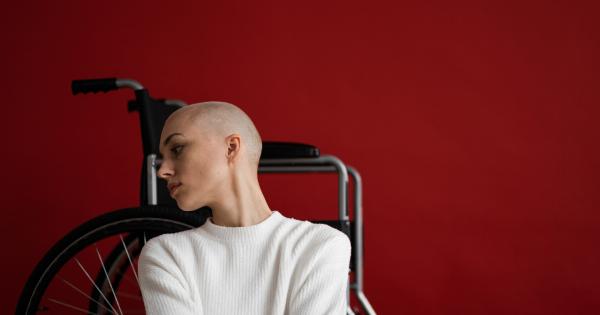Regular cancer screenings can significantly increase the chances of early detection and successful treatment.
However, many individuals, especially those without health insurance or limited financial resources, may find it challenging to access these critical exams. Fortunately, various organizations and programs offer free cancer screenings, ensuring that everyone has the opportunity to prioritize their health.
In this article, we will explore how you can check your eligibility for these free cancer exams and the resources available to help you.
Understanding the Importance of Cancer Screenings
Cancer screenings play a vital role in identifying the presence of cancer in its early stages, even before symptoms manifest. Early detection allows for prompt intervention and increases the likelihood of successful treatment outcomes.
While not all cancers can be prevented, regular screenings can help detect potential issues before they progress, enabling medical professionals to intervene early.
Common cancer screenings include mammograms, Pap smears, colonoscopies, prostate-specific antigen (PSA) tests, and skin cancer checks.
The specific screenings recommended for individuals can vary based on factors such as age, gender, family history, and personal health status.
Free Cancer Exams: Breaking Barriers
Financial limitations often prevent people from accessing healthcare resources, including cancer screenings.
Recognizing this barrier, numerous organizations and government programs provide free or low-cost options to ensure that individuals can receive the necessary screenings, regardless of their financial situation.
Eligibility Criteria for Free Cancer Exams
While the exact eligibility criteria for free cancer exams may vary depending on the program, several common aspects often come into play.
It’s crucial to determine your eligibility before applying for these programs to make the most of the available resources. Some factors that may influence eligibility include:.
1. Income Level and Insurance Coverage
Many free cancer screening programs are designed for individuals with limited income or no health insurance coverage.
The income thresholds may vary depending on the program, so it’s important to research specific organizations for accurate information regarding eligibility based on income.
If you have health insurance but cannot afford the copayments or deductible for cancer screenings, you may still be eligible for assistance through specific programs.
Understanding these coverage gaps is crucial for availing of the appropriate resources.
2. Age and Gender
Some free cancer screening programs focus on specific age groups or genders due to the increased risk factors associated with certain cancers. For example, breast cancer screenings like mammograms are typically recommended for women above a certain age.
Prostate cancer screenings, on the other hand, are more relevant to men in a particular age range. Being aware of the age and gender requirements for various screenings is essential.
3. Family History and Personal Risk Factors
If you have a family history of certain types of cancer or possess individual risk factors, you may be eligible for additional screenings even if you don’t meet the typical age or gender criteria.
Some programs prioritize individuals with elevated risk levels to ensure appropriate preventive measures are taken.
4. Geographical Location
Some free cancer screening programs are specific to certain geographic areas. These programs may be sponsored by local healthcare authorities, non-profit organizations, or charitable foundations.
Checking for location-specific programs in your area can help you determine eligibility and access the necessary cancer screenings.
Resources for Free Cancer Screenings
Several resources are available to help individuals find and access free or low-cost cancer screenings. Here are some places to explore:.
1. National Cancer Institute (NCI)
The NCI is a valuable resource for learning about various cancer screening programs. Their website provides a comprehensive list of organizations and resources that offer free or reduced-cost cancer screenings.
The NCI’s website features a search tool specifically designed to help you find programs near your location and determine eligibility requirements.
2. American Cancer Society (ACS)
The ACS is committed to reducing the burden of cancer and offers information on free or low-cost cancer screenings through their website and helpline.
Their resources can help individuals identify programs that align with their needs and assist in determining eligibility.
3. Local Healthcare Providers and Clinics
Many local healthcare providers and clinics collaborate with organizations or have their own initiatives to provide free cancer screenings.
Contacting healthcare facilities in your area and inquiring about available programs can lead to valuable information and opportunities for cancer screenings at no cost.
4. State and Local Health Departments
State and local health departments often promote and organize free cancer screening events or provide information about ongoing programs.
These departments are an excellent starting point for determining whether you qualify for any state-funded initiatives or local initiatives supported by grants or donations.
Remember to consult the respective organizations or departments for accurate and up-to-date information regarding eligibility and application procedures as they can vary over time.
Conclusion
Access to free cancer screenings should never be a privilege available only to a few. Several organizations and programs are dedicated to promoting equitable healthcare by offering cancer exams to individuals who may face financial barriers.
By understanding the eligibility criteria and available resources, you can take advantage of these opportunities and prioritize your health.































